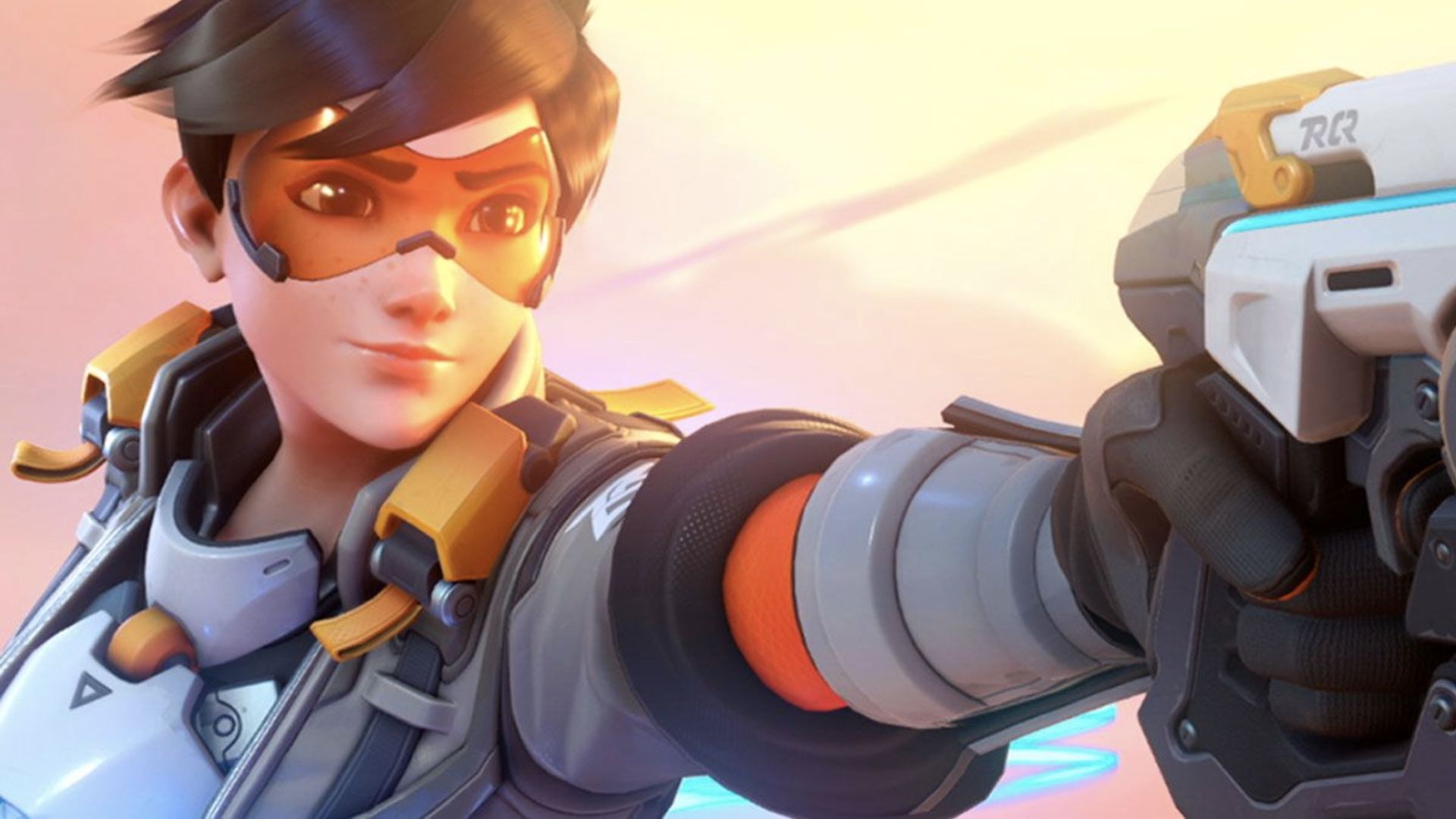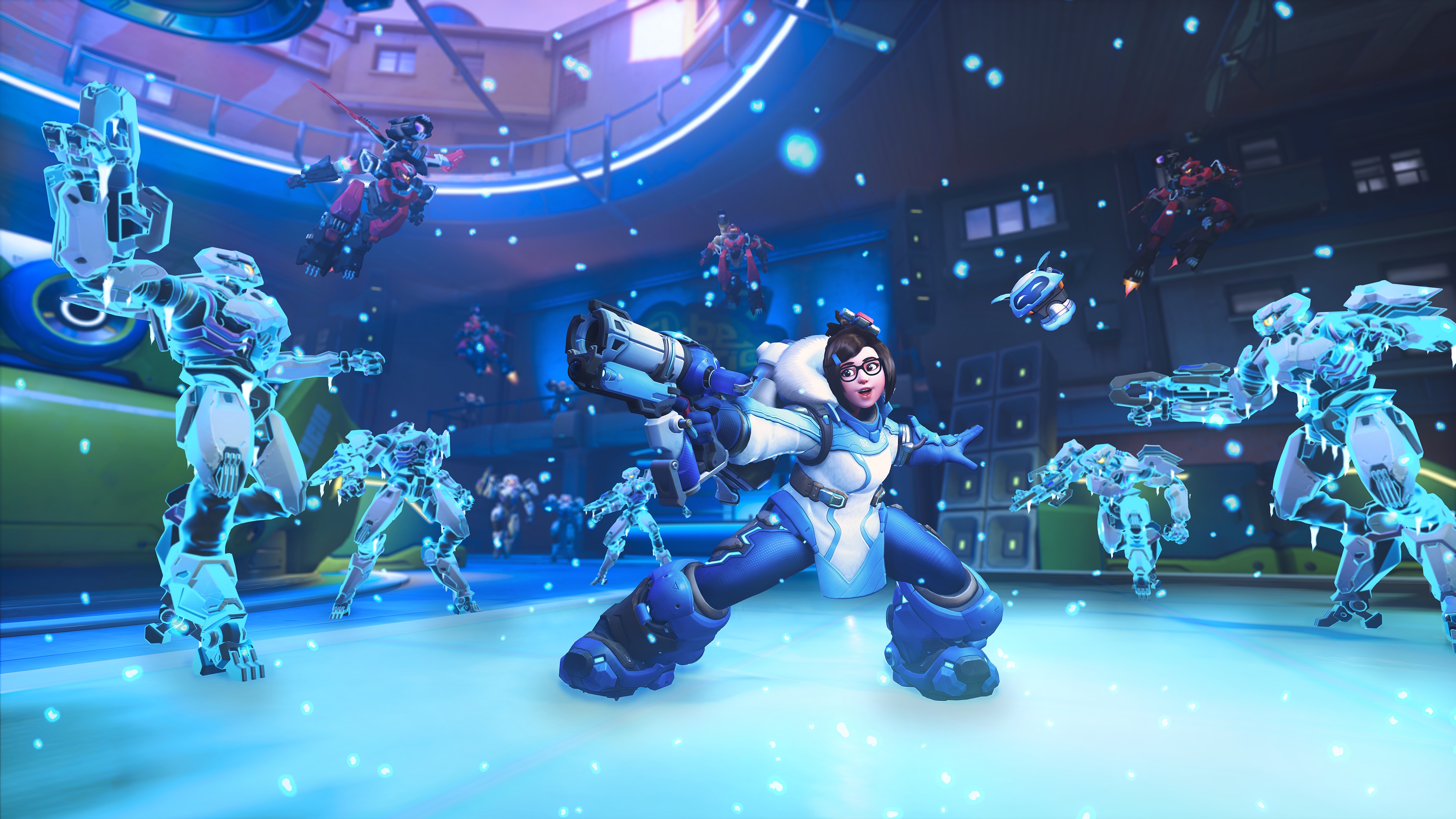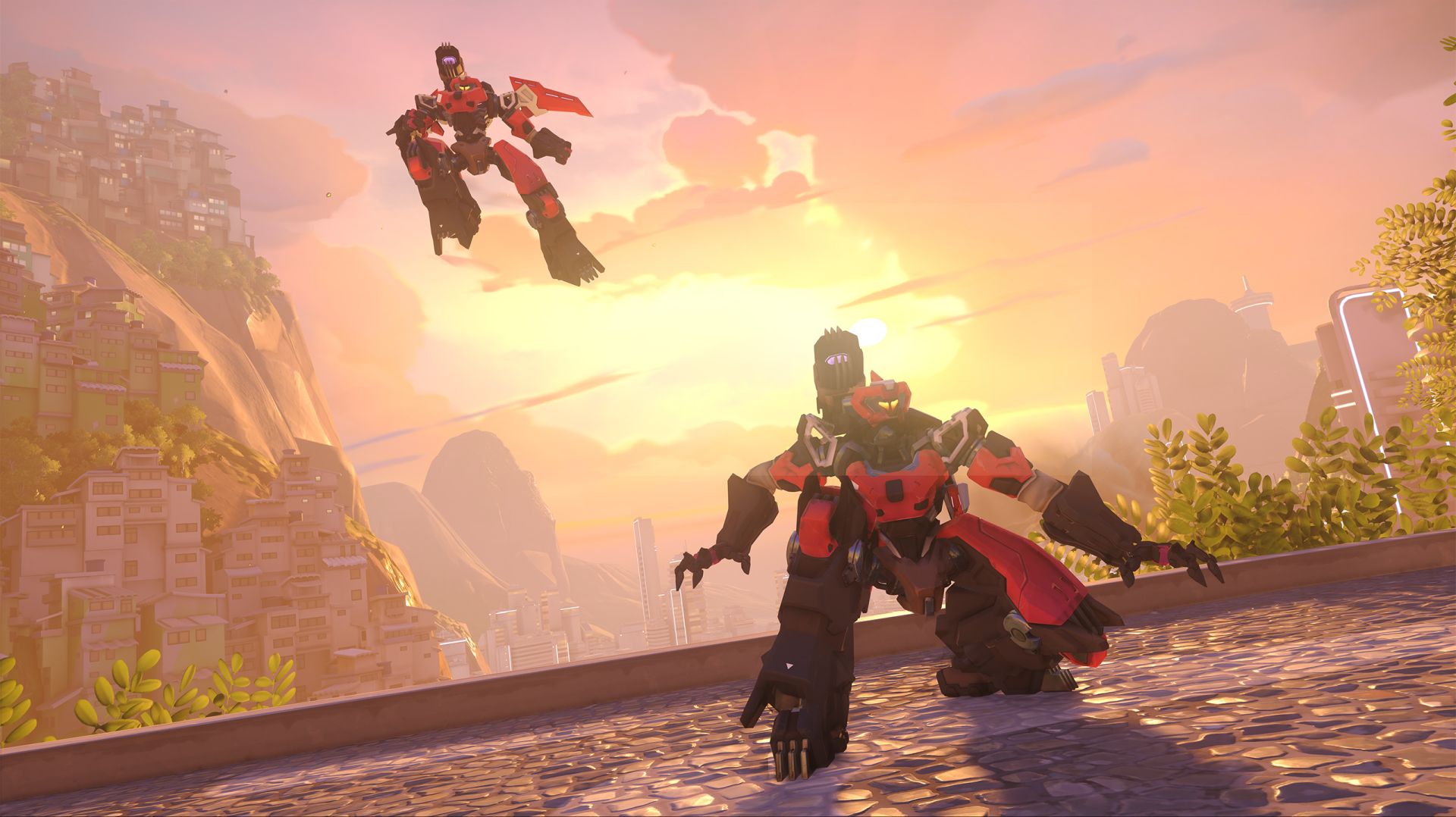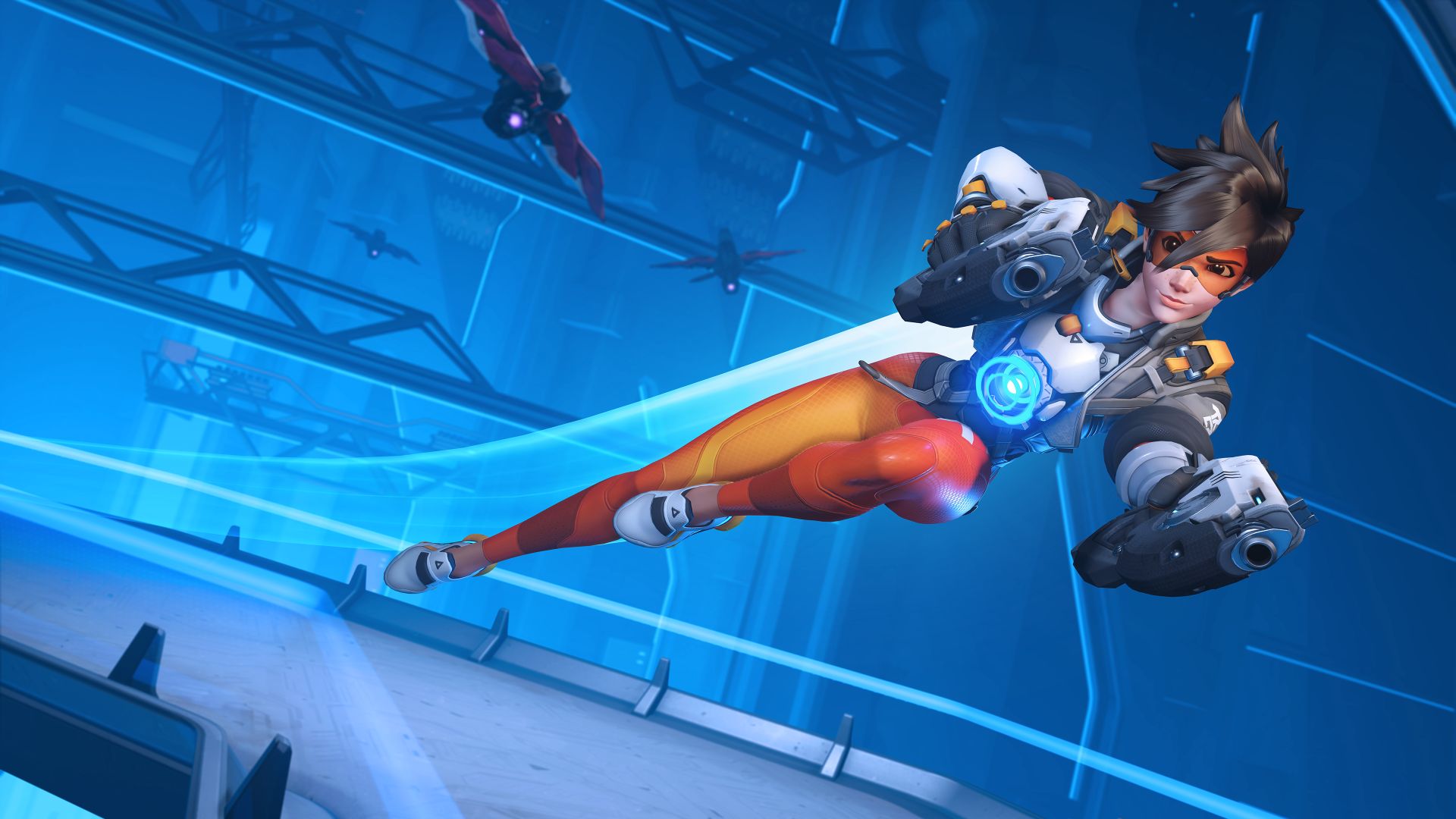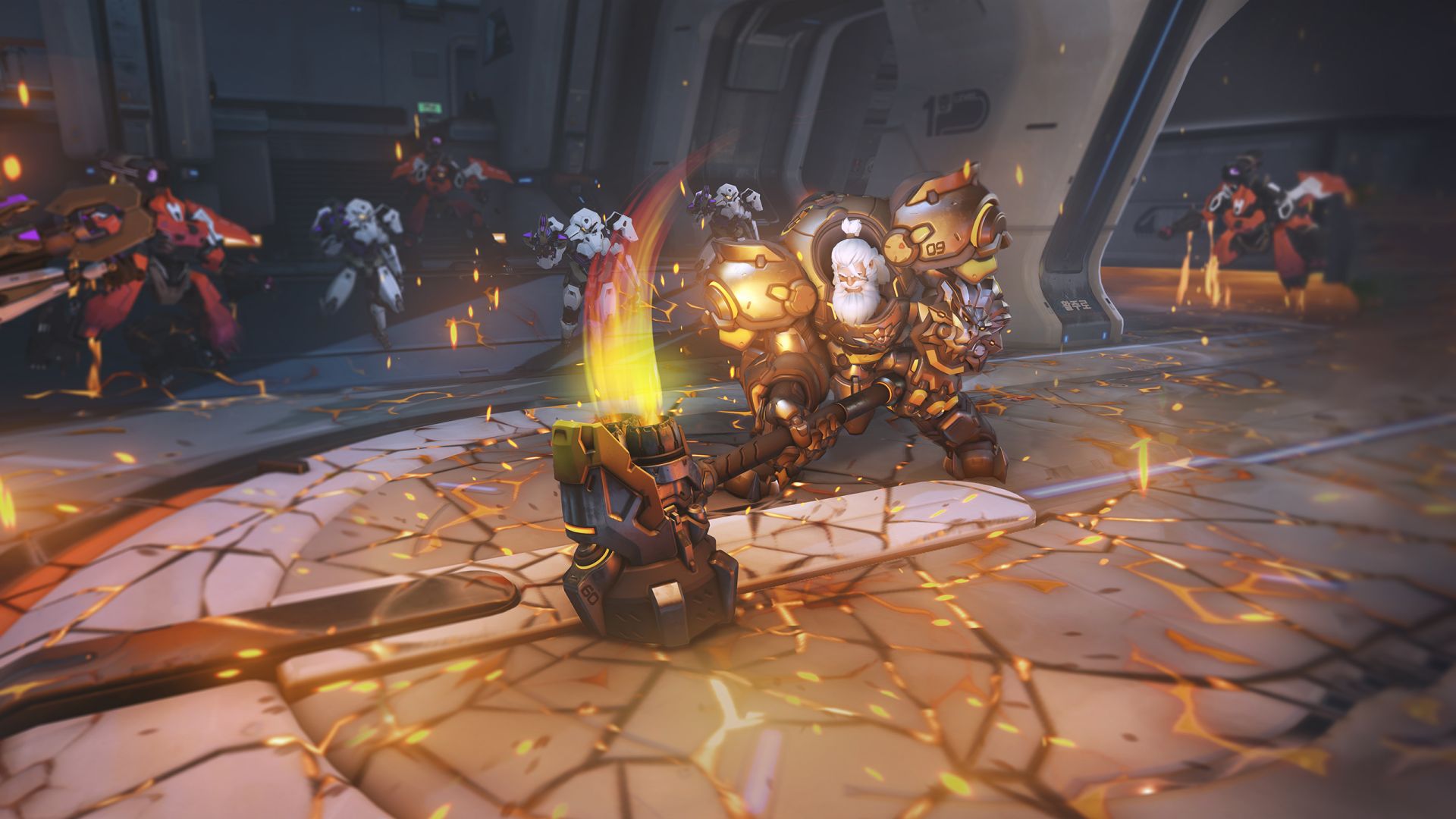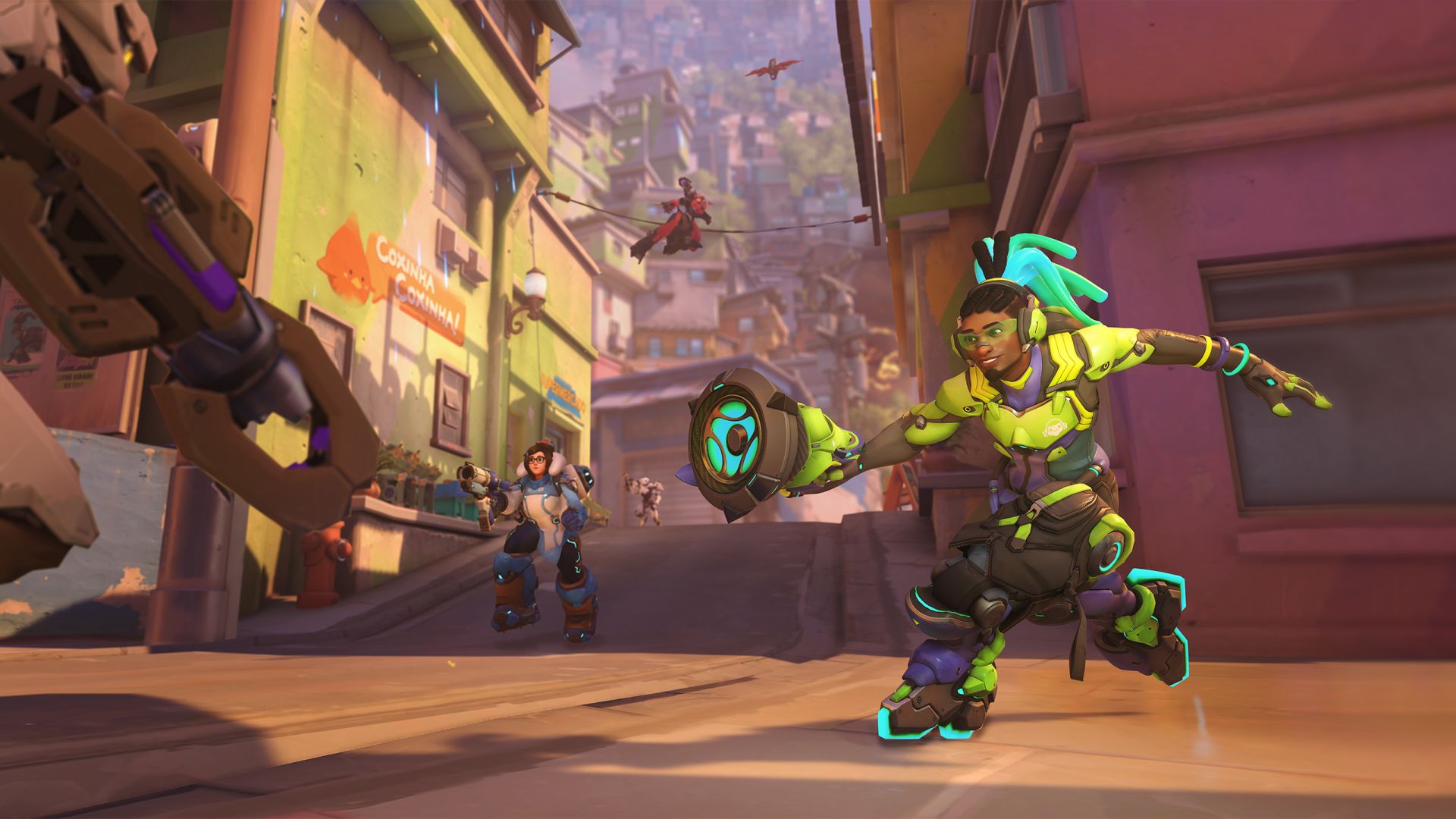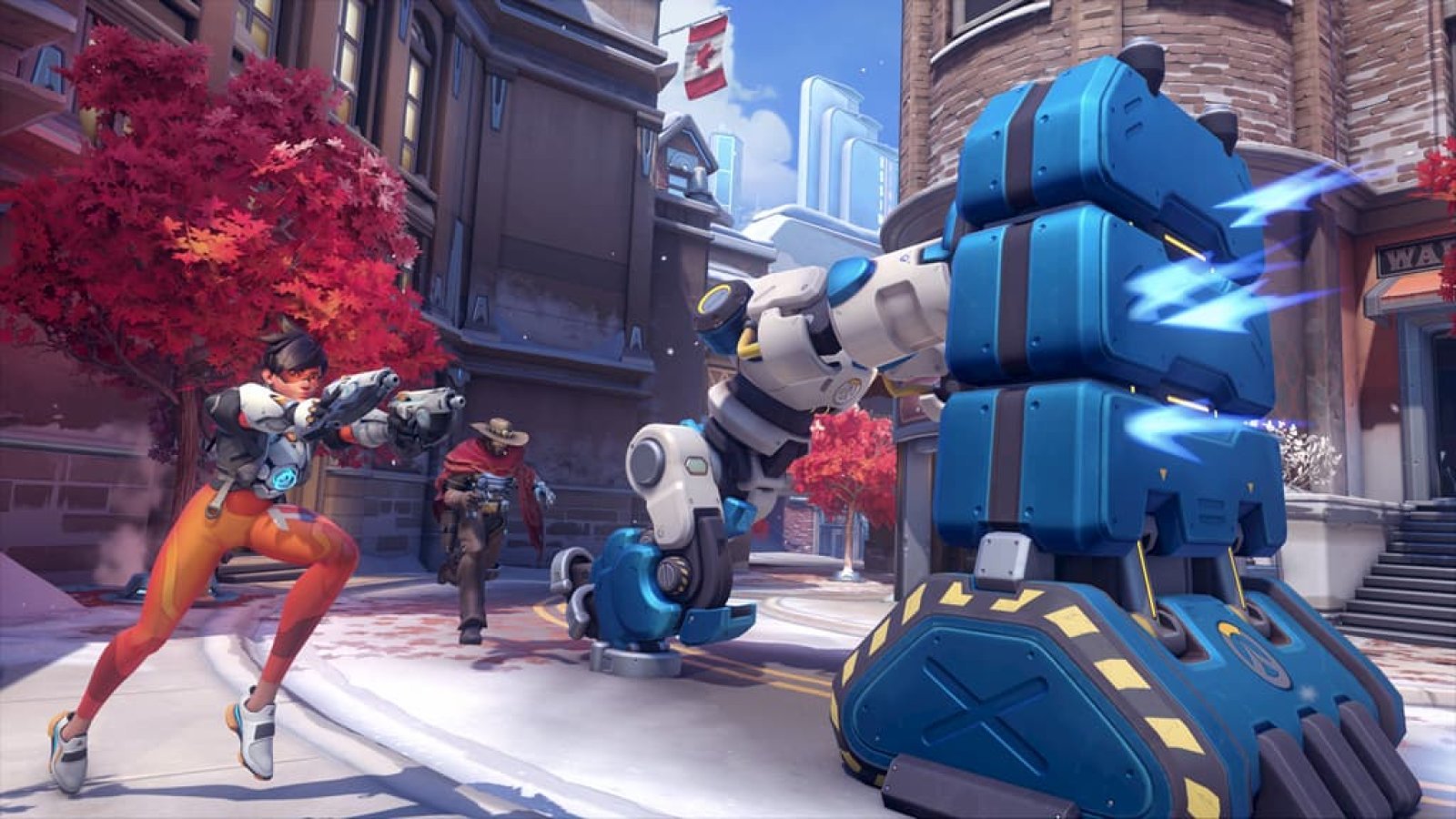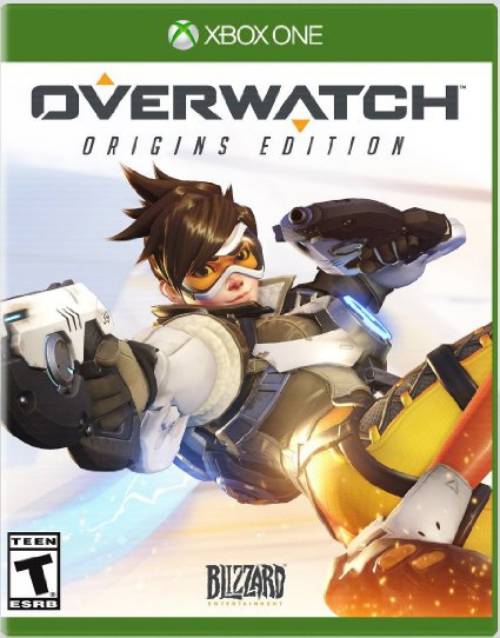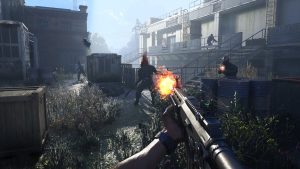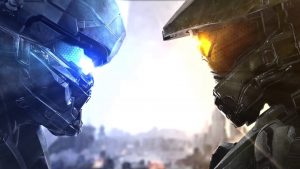
Blizzard Entertainment has some fairly big games in development and Overwatch 2 may just be its biggest. In development for Xbox One, PS4, PC and Nintendo Switch, it’s expected to release sometime next year. What are the key differences and improvements between the sequel and Overwatch 1? Let’s highlight a few of them here, though several updates in Overwatch 2 will also be available to Overwatch 1 owners.
Story Campaign
The biggest difference between the two games is that the sequel offers a proper story campaign. It sees the Overwatch crew back together with familiar and new faces alike as they battle Null Sector across the world. All of the story missions, dubbed “Story Experiences”, are co-op and thus far, seem to feature a set roster of heroes for each mission. For instance, in the Rio de Janeiro mission, we see Lucio teaming up with Mei, Reinhardt and Tracer to destroy a Null Sector command ship. Along the way, other heroes like Echo appear to lend their assistance and players can also use healing items and turrets during fights. Maps are also touted as being twice the size of those in Overwatch 1 with lore, branching dialogues and cinematics.
Post-Recall Story
When Blizzard revealed the first trailer for Overwatch 2, there was a bit of confusion. Why were there only four members in the reformed team? Why was Null Sector, previously seen in Uprising, now a threat? Why was Tracer seemingly meeting Brigitte for the first time? A quick peek over at the Story section on the official website provides a rough outline of events. The story actually takes place after the Recall cinematic which saw Winston getting the band back together. This implies that Overwatch 1 takes place after, or at least somewhat parallel, to Overwatch 2. While this does create all kinds of questions – like when did McCree rescue Echo – it will explore how the modern Overwatch came to be.
Hero Missions
The other PvE content in the game is Hero Missions. These are replayable missions in “ever-changing scenarios” set across the world. At BlizzConline 2021, the development team revealed that there would be hundreds of different Hero Missions with different objectives, enemy types and “light” stories to experience. This is where you’ll be leveling up characters and experimenting with different builds to see what’s the most effective for you.
Returning Maps With New Routes
One such method for making Hero Missions feel fresh is by bringing in multiplayer maps from Overwatch 1 and adding new routes. For example, while traversing King’s Row, it may open up into a completely new section not present in the original game. The 2019 gameplay trailer showcased players battling foes in the Ruins of Ilios, past the first checkpoint in Route 66 (where the garage has seemingly been removed) and even on the bridge at Eichenwalde.
Dynamic Weather
Hero Missions can also mix up gameplay with the addition of dynamic weather. Some missions can go from peaceful weather to sandstorms and thunderstorms, and even from day to night. These are also meant to influence one’s gameplay choices, like using Hanzo’s Sonic Arrow or Widowmaker’s Infrasight to see through any harsh weather conditions and get the drop on enemies.
New Enemy Units
Since the 2019 reveal, the development team has been working to add more varied enemy types to the campaign. The Slicers from Uprising return but the Skirmishers are now Jumpers who can fly and take up different positions. You’ll also encounter Elite versions of enemies like Grunts who deal more damage and quickly crawl towards players to detonate, along with heavy foes like the Behemoth and Artillery. There’s also the Puller who will shoot out three orbs that bring a player close to her, followed by impaling and instantly downing them (unless your teammates stop her, that is).
PvE Talents
As you complete Story Experiences and Hero Missions, you’ll level up a character and gain Talent Points. Each hero has three talent trees – Reinhardt, for example, has the Crusader, Juggernaut and Guardian trees. In the Crusader tree, you’ll have talents like Barrier Boon which heals him for a percentage of health when his shield health is 50 percent or lower. Junkrat has the Demolitionist, Tinkerer and Wastelander trees with the last one providing an ability that triggers health regeneration on multi-kills.
Other examples include Soldier 76’s Biotic Field moving with him and knocking away any enemies that get too close or Mercy resurrecting the squad from a distance and through walls. Each talent can also be leveled up to provide more benefits. Of course, PvE and PvP progression are being kept separate so you’re not going to see all of these talents in Competitive or Quick Play. Never say never for Mayhem though.
Passives
For PvP, Blizzard is currently experimenting with passives, providing bonuses to different heroes depending on their roles. DPS heroes will move quicker while tanks will have knock-back reduction and receive less Ultimate charge if they’re being damaged. Support heroes will have passive health regeneration when going a few seconds without taking damage, providing some much-needed self-sustain for characters like Zenyatta and Ana.
Tank Role Changes
Tanks are also seeing some experimentation, with the developer looking to transition them into more brawler-type heroes. This was showcased with Reinhardt who will have two Firestrike charges, being able to steer when charging and even the ability to cancel a charge. While this, along with passives, could shake up how PvP is currently played, it was emphasized that these changes are “still being iterated on” and may either change or not be implemented at all in the final game.
Visual Improvements
In terms of visuals, Overwatch 2 will provide a fairly big step up over the original. Along with the previously mentioned dynamic weather and larger maps with more going on, there are new shaders and improved lighting. Other improvements to particle effects, fog and cloth are also being added. Each hero is also receiving a new look, which Overwatch 1 players will access to, but the greater visual improvements will be coming to the original later when both game clients eventually merge.
Sound Updates
To help modernize the combat, sound effects have also seen some updates. Gun and melee sounds are more “satisfying” and the new convolution reverb system ensures that sounds change depending on the environment. So if you’re out in the open, Reaper’s Hellfire Shotguns will sound fairly normal but in a tunnel, you can hear the shots echoing throughout.
New PvP Modes, Heroes and Maps
Overwatch 2 will have new maps, heroes and modes which will also be accessible to Overwatch 1 players. New maps include Toronto, Monte Carlo, Rome, Gothenburg, and New York while heroes like Sojourn, who utilizes a rail-gun for massive damage, will be added when the sequel hits. The newest PvP mode is Push which sees players battling to control and push a robot to the opposing side’s base. The team that pushes it furthest wins the match and thus far, it looks to offer a far more dynamic style of objective play.
No Assault Mode
Assault aka 2CP will not be returning for Competitive play (and perhaps not even Quick Play). While director Jeff Kaplan confirmed that the maps would still be available in the sequel in some form, the mode itself will be going away. And of all maps in development, none are Assault-based. For those who have struggled for years with endless stalls and constant back-and-forth Competitive games, this is good news indeed. Whether this means the original game will do away with Assault or not remains to be seen.








